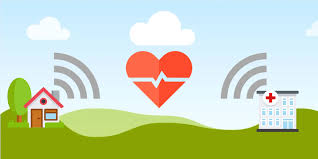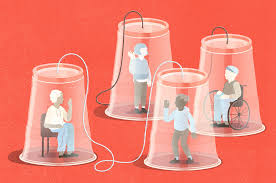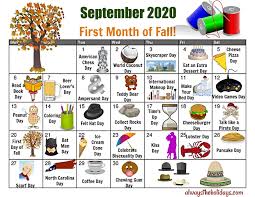Nuance Audio is a new option for people who resist traditional aids, from the company that makes Ray-Bans and operates LensCrafters.
Seekers of Meaning Podcast Posted Online March 7, 2025
What's Next Longevity Deal Talk Episode 32, January, 2025
Presentation: What's Next Longevity Venture Summit, June, 2025

 A hot topic now – crossing the so-called ‘Digital Divide’. It’s ironic – the topic has
A hot topic now – crossing the so-called ‘Digital Divide’. It’s ironic – the topic has  November revealed a growing sense of urgency about older adults. What has been the impact on them of the daily onslaught of Covid-19 statistics? What about nine months of ceaseless updates about case counts? Has this produced a permanent fear of contact with others, including families,
November revealed a growing sense of urgency about older adults. What has been the impact on them of the daily onslaught of Covid-19 statistics? What about nine months of ceaseless updates about case counts? Has this produced a permanent fear of contact with others, including families,  Technology was essential for many adults stuck at home during the pandemic, providing some social connection, access to online shopping, home delivery services, and requests for transportation. But it also became apparent that some
Technology was essential for many adults stuck at home during the pandemic, providing some social connection, access to online shopping, home delivery services, and requests for transportation. But it also became apparent that some  What is the status and future of remote care technologies? As the research interviews for the 2020 report “Future of Remote Care Technology and Older Adults” wind down, a few themes become apparent. This work
What is the status and future of remote care technologies? As the research interviews for the 2020 report “Future of Remote Care Technology and Older Adults” wind down, a few themes become apparent. This work  Life has been worsening for older adults – in senior living and at home. Every day there is some new article about the
Life has been worsening for older adults – in senior living and at home. Every day there is some new article about the  The boomer-and-beyond market has caught the eye of the tech industry.
The boomer-and-beyond market has caught the eye of the tech industry.